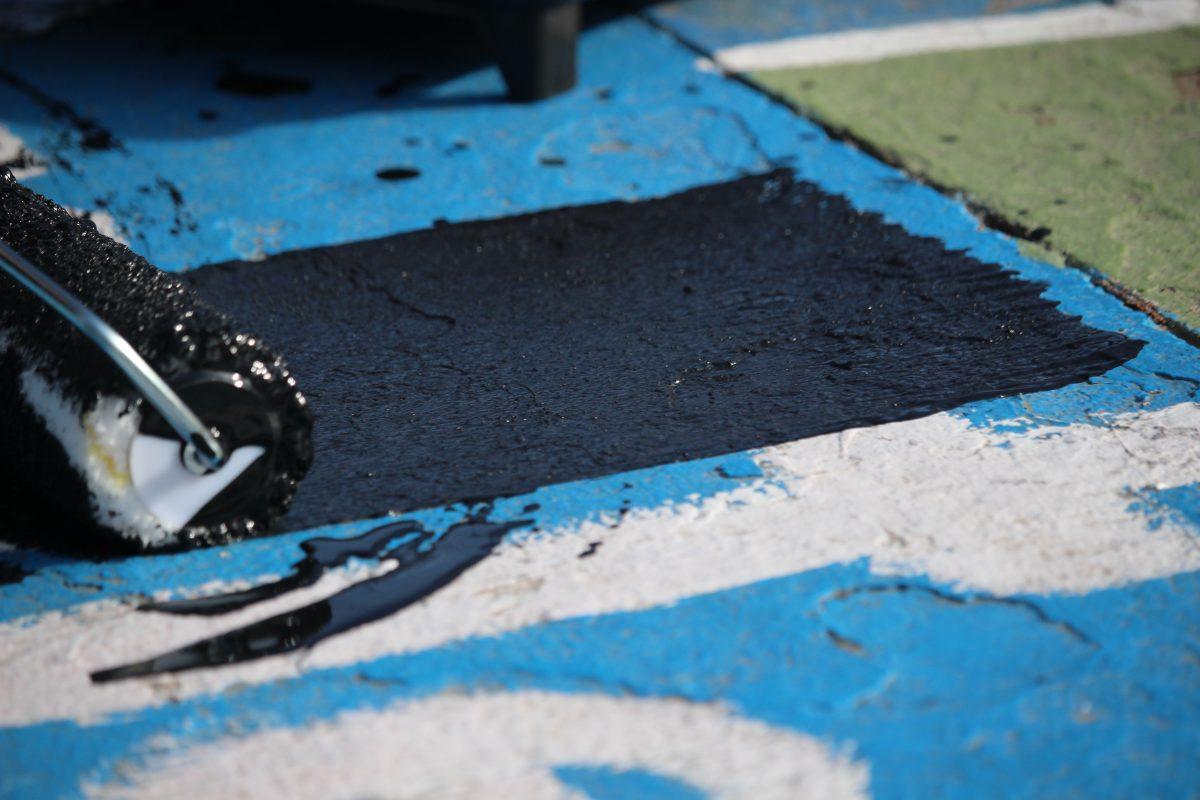by SARAH BOGAARDS
With Drake Relays cancelled due to COVID-19, students will not gather this year to paint Painted Street, nor for the new tradition of repainting the black circle honoring The #PaintItBlack Project.
In the midst of changes for all, faculty and students said equity issues remain a constant, even though everyone is off campus. More than a year after #PaintItBlack, organizers said that the work toward racial equity at Drake is anything but done.
The racist notes sent in 2018 were the climax in a series of discriminatory actions on campus that black students said had gone unnoticed.
“At the time, I think [#PaintItBlack] was a way for a lot of us to reclaim the space that we have at Drake,” #PaintItBlack organizer Morgan Coleman said. “It was a time for us to assert our visibility, because our issues in some ways were very much invisible.”
Now, many students of color are facing new inequity issues like accessing distance education. Regardless, Coleman said the pandemic does present a potential bright spot.
“In a way it is creating more [issues], but I also think that it’s highlighting them in a way that we weren’t able to before,” Coleman said.
Josh Wallace, staff director of Drake’s Crew Scholars program, said with the focus on distance learning efforts, it is even more crucial to not forget about equality issues.
“There has to be more positioning towards making [equity and inclusion] a priority, regardless of what phase or stage we’re in, online or on campus,” Wallace said.
Courtney Guein was an organizer of the #PaintItBlack movement and she said there was a dwindling of support, especially from students and faculty who are not affected everyday.
“It’s disappointing that the support wasn’t actually carried out,” Guein said. “It was more so [that] people showed up, but they’re not showing up now.”
Some say #PaintItBlack created a “sense of urgency” about racial issues, including Tony Tyler, assistant dean of students. He said the challenge now is keeping that urgency alive.
“The crisis is always present for communities of color, like if their retention rates are significantly lower than white students’ retention rates, that crisis is there,” Tyler said. “If you’re experiencing a significant level of microaggressions on campus, that crisis is there.”
Both students and faculty said the progress toward equity and inclusion on campus will always be ongoing, and Drake will never reach a point where it has done ‘enough.’
According to Drake’s Diversity, Equity and Inclusion page, in the 2018-19 school year five percent of the undergraduate student population were black. Data from the First-Year Student Profile shows the class that started at Drake in 2018 was 26.7 percent minority and international students, the largest proportion between 2011 and 2019.
Wallace said in additions to Drake’s efforts could include more staff in the Equity and Inclusion Office and a multicultural student office. As the incoming Equity and Inclusion Senator on student senate, Coleman said one way she wants to move campus forward Post-#PaintItBlack is by closing gaps in communication campus wide.
“Students, faculty and staff aren’t connected in the way that they should be,” Coleman said. “A lot of students don’t have enough access to those networks to even air their grievances and to have their voice heard.”
Although all communication is currently affected because of COVID-19, Coleman said the pandemic’s negative impacts on students of color are an opportunity to revive awareness of Drake’s equity efforts. Once everyone is back on campus, she said the prevalence of issues will be a motivator to “hit the ground running.”
“I think there are a lot of people who are expecting change, who want change and who are trying to get it, so that makes me really optimistic about what the next semester is going to look like,” Coleman said







